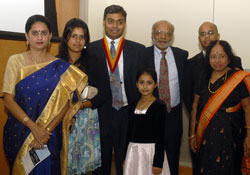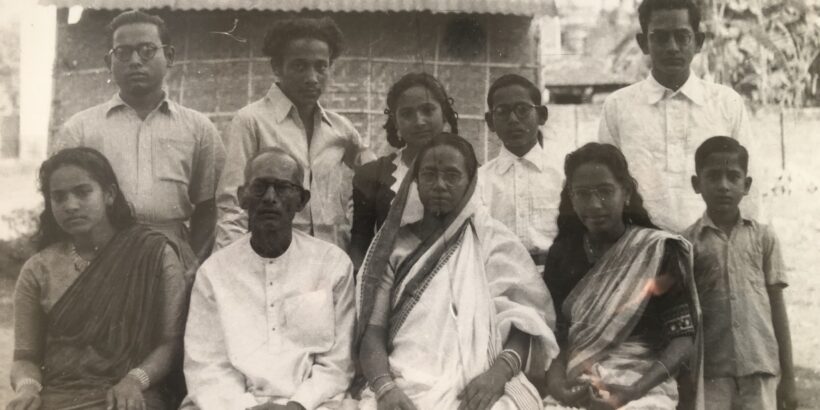The significance of typhoid runs deep in my family. My mother grew up in the 1920s in British India—now Bangladesh—with 9 siblings. During that time, large families were common due to high infant and child mortality rates. In addition to limited health services in rural parts of the country, frequent flooding increased the risk of waterborne diseases. My grandfather was a medical officer in the British health care system who was tasked with sanitation implementation for these widespread diseases. Despite this, my family was struck by a life-changing tragedy. Before my mother was born, her two eldest siblings—a boy and a girl between the ages of 10 and 12— both passed away from typhoid. While typhoid was common at the time, it was difficult to diagnose and treat due to the lack of medical resources.

In typhoid endemic countries, typhoid is most common in school-aged children, which makes it particularly distressing for families. Losing a child with whom we’d spent more than a decade had a devastating effect on my family. My grandfather was particularly overcome and withdrew socially from both his community and family after the death of his oldest children. Although the financial cost of typhoid on families is well documented, it is difficult to quantify the emotional and social burden typhoid has on families.
In my case, our family tragedy had a rippling effect through multiple generations. My mother went on to have a successful career as a microbiologist with a PhD from Harvard Medical School. I became a doctor to provide care and help prevent heartbreaks like what my family endured.

Today, a century later, the tools for typhoid prevention and control are vastly improved. We know that access to safe water and improved sanitation drastically reduces typhoid risk. Typhoid conjugate vaccines (TCV) are proven to be safe, protective, and long lasting. Access to a tool such as TCV may have saved my mother’s eldest siblings. As we confront urgent risks from climate change and growing drug-resistant threats, it is imperative that policymakers consider the lifesaving potential of TCV. Too many families still face the generational burden of losing a family member to typhoid. This is an inheritance we can – and must – end. Together, we can take on typhoid and create a future without the grief and toll of losing a family member to typhoid.
Cover photo: Dr. Rajabrata Sarkar’s family – his mother is second from the right in the front row.



